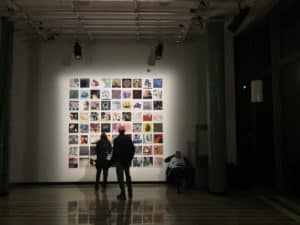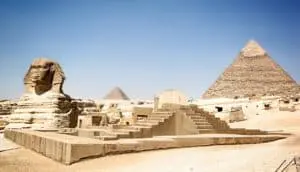Unravelling the Majesty of Ireland’s Literature!
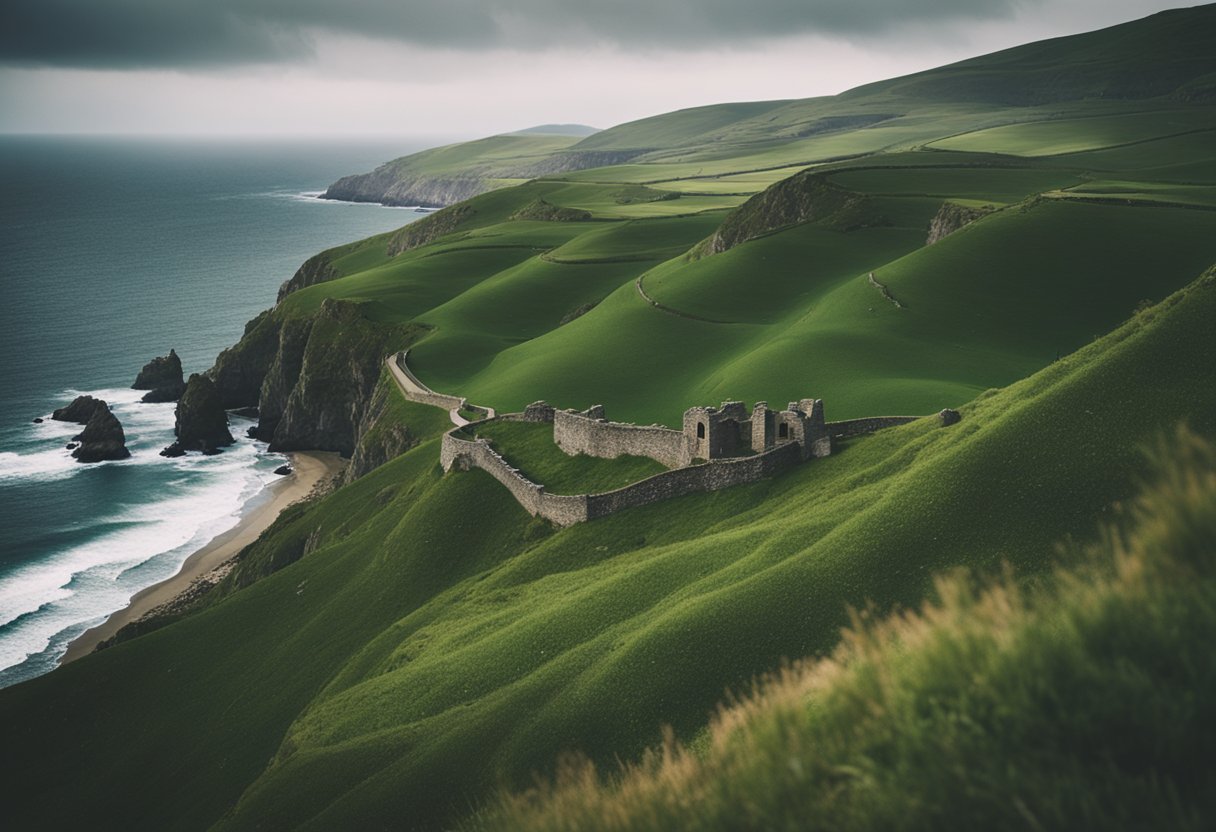
Updated On: April 20, 2024 by Esraa Mahmoud
Ireland’s eponymous ‘Emerald Isle’ nickname gives a mere hint at the depth of its geographic and cultural richness. This landscape has also deeply influenced Ireland’s literature, creating narratives imbued with the spirit and shape of the land itself.
Verdant valleys, rugged coastlines, and historic cities like Dublin form the silent, steadfast characters in many an Irish tale. The very geography of the country not only creates a backdrop for stories but also plays a central role in shaping them. The Irish landscape has informed the nation’s literary heritage, echoing the ethos and often the struggles of its people.
The unfolding of Ireland’s literature is as much about the evolution of its themes as it is about the land where these stories are set. From ancient myths to contemporary narratives, the physical environment acts as a canvas for a rich tapestry of tales. It is in these spaces that the cultural, societal, and political tapestry of Ireland is woven into its literature. Settings become symbols, places, and protagonists. Moreover, the particularities of Ireland’s geography have helped to define the thoughts, language, and identity revealed through its literary corpus.
The Canvas of Ireland’s Geography
Ireland’s lush valleys, rugged coastlines, and ancient landscapes have not merely served as a backdrop but as a central component shaping the nation’s narrative and cultural identity.
The Irish Geographical Influence on Its Narrative
The windswept hills and rural townlands of Ireland provide a vivid setting that has proven intrinsic to the unfolding of tales within Irish literature. Authors weave the Irish landscape into their stories, allowing the environment to influence characters and their journeys actively.
In such narratives, a sheer cliff face or a tranquil river often becomes more than just scenery—it transforms into a crucial pivot around which a story’s dramatic arc might turn. Irish writers illustrate how the sense of place is inextricably linked to the fate and fortunes of their characters, thus making the environment a character in its own right.
Depicting Irish Identity Through Landscape
Through their depiction of Ireland’s cultural landscape, novelists encapsulate a sense of place that is undeniably Irish. This is illustrated by their meticulous description of Ireland’s unique geographical features and the tangible way they capture the collective consciousness.
Descriptions of peat bogs, mist-covered mountains, and craggy shores often reflect the resilience and spirit of the Irish people. The landscapes in literature are not merely images but mirrors reflecting and shaping Ireland’s cultural identity throughout generations.
The Evolution of Ireland’s Literature
In our exploration of Irish literature, we have to consider the transformation that took place from ancient mythology to groundbreaking modernism, celebrating the literary giants who have given Ireland a prominent place in the global literary pantheon.
From Mythology to Modernism
Our literary journey begins with the ancient myths of Ireland, stories that are woven into the fabric of our cultural identity. It’s from these rich mythological beginnings that we trace the narrative to the enlightened literary revival of the 19th and 20th centuries, where a powerful national consciousness began to assert itself on the page. The transition from folklore to the questioning nature of modernist works mirrors the complex changes that Ireland itself underwent as a country.
Modernist influence brought forth a new wave of stylistic experimentation. Authors like James Joyce and Samuel Beckett broke conventional narrative boundaries, their works reflecting a consciousness of Ireland’s evolving identity. Joyce’s stream-of-consciousness technique, in particular, marks a revolutionary moment in the annals of Irish literature.
Ireland’s Literary Giants
In discussing Ireland’s literary giants, it’s crucial to recognise their international impact. Swift, Wilde, Yeats, and Shaw, historically mislabelled under British authorship, are now rightly claimed by the Irish literary tradition. Their collective contributions lay a foundation upon which later writers like Seamus Heaney built a global reputation for Irish letters.
The evolution of Irish literature is also the evolution of its writers grappling with a distinct sense of place amidst political and social upheaval. Joyce’s Dublin is as much a character as his human protagonists, while Beckett’s minimalism strips settings to their existential core, allowing for profound human truths to emerge. The Irish literature in transition is a testament to how our landscape has not only been shaped but has been intricately shaped by the stories we tell.
Cultural Contours & Literary Expressions
In the rich tapestry of Irish literature, the nation’s tumultuous history and vibrant culture have carved out narratives that both reflect and shape the identity of its people. Through stories of nationalism, partition, exile, and return, we encounter a literary landscape deeply intertwined with the cultural contours of Ireland.
Nationalism and Partition Narratives
Irish literature encompasses a profound engagement with themes of nationalism, often painting a picture of a culture caught between the pulls of unionist and nationalist sentiments. This division is starkly illustrated in literature that delves into the narratives surrounding the partition of Ireland.
Books and poems not only grapple with the physical division but also with the socio-political chasm that separates Northern Ireland from the rest of the island. Novels like Cal by Bernard MacLaverty provide insights into the impact of partition on personal and collective identity, revealing the internal turmoil of characters who navigate a society where cultural and political boundaries are both omnipresent and contested.
Exile and Return in Irish Stories
The motif of exile and return underscores many Irish stories, where characters often experience a tension between the pull of their homeland and the push of foreign lands. Whether it’s the self-imposed exile of James Joyce’s characters, who seek to escape the parochial constraints of their society or the nostalgia and dislocation felt by those who return, such narratives provide a rich exploration of Irish identity.
They reflect a culture steeped in a history of emigration, where the journey away from, and back to, Ireland signifies a search for self within the larger context of diaspora and displacement. By examining these literary reflections, we can understand how they not only depict realities but also influence perceptions and attitudes towards the cultural landscapes of Ireland.
Dublin as a Literary Epicentre
In exploring the winding streets and historic edifices of Dublin, one discovers a city intricately woven with the threads of literary greatness. This capital city has long been a muse for storytellers and playwrights, its geography shaping narratives that have resonated across the globe.
Joyce’s Rich Portraits of Dublin
James Joyce, an icon of Dublin’s literary heritage, masterfully painted the city’s landscape with his words. His seminal work, Ulysses, presents an in-depth exploration of the city’s streets, taverns, and citizens. Each page of this novel acts as a map, guiding readers through the very soul of Dublin as the characters traverse locales that still echo their fictional footsteps.
The Abbey Theatre’s Role
The Abbey Theatre remains a cornerstone of Dublin’s theatrical scene, fostering a creative environment where the essence of Irish life is both challenged and celebrated. Since its founding, the theatre has been instrumental in shaping Irish identity and consciousness, introducing the world to the likes of W.B. Yeats and J.M. Synge, whose plays reflect the city’s unique spirit and dynamics.
Literature, Language, and Identity
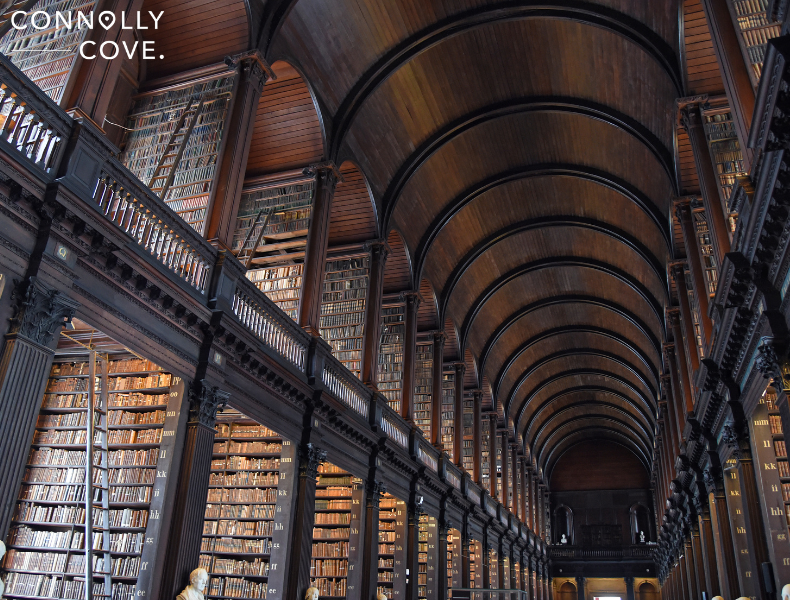
In Ireland’s literary canon, the interplay between the English and Irish languages is deeply intertwined with the country’s national identity. This duality shapes stories, both as they are written and as they are received, creating a rich tapestry of Irish fiction that speaks to the concept of home and the complexities of translation.
The Role of English and Irish Languages
The linguistic landscape of Ireland is characterised by the presence of both the English and Irish languages. Historically, Irish was the predominant language, but with English becoming more widespread, tension between these languages emerged.
This dichotomy is evident in English language novels set in Ireland, where authors often incorporate Irish phrases or depict characters grappling with their linguistic identity. The choice of language in literary works is not merely a means of communication but also an expression of allegiance and cultural identity.
In Irish fiction, the portrayal of language frequently mirrors societal attitudes, where English is often associated with modernity and Irish with tradition. The preservation of the Irish language becomes an act of cultural resilience. The duality of English and Irish in literature serves not just in storytelling but also as a commentary on the country’s colonial history and its contemporary efforts to preserve and revitalise the Gaelic language.
Literary Expression of Irish Identity
Literary landscapes in Ireland are intrinsically linked to the concept of identity. Through the medium of prose and poetry, Irish writers have recounted stories of their homeland, weaving in themes of personal, cultural, and national identity. The setting of a story often reflects on the internal landscape of its characters, with the rolling hills, rugged coastline, and urban spaces of Ireland serving as backdrops to narratives of belonging and introspection.
English language novels emerging from Ireland can sometimes act as translations of the Irish experience for a broader audience. At other times, these works force readers to confront the complexities of Irish identity, which cannot be fully captured by the English language alone. Home in Irish literature is, therefore, not just a dwelling or geographical space but also a linguistic and emotional sphere where identity is constantly negotiated.
Irish authors, through their narrative craft, provide insights into the nation’s soul, ensuring that the unique Irish perspective profoundly influences their storytelling. Irish fiction acts as a vehicle for conveying the multifaceted nature of Irishness to both national and international readers, fostering understanding across cultures and languages.
Poetry of the Irish Terrain
Ireland’s landscape has long served as a canvas for the rich tapestry of its poetry. With verdant fields, rugged coastlines, and historical richness, Irish poetry, especially in the works of Patrick Kavanagh and Seamus Heaney, reflects the intrinsic connection between the land and literary expression.
The Verse of Patrick Kavanagh and Seamus Heaney
Patrick Kavanagh’s poetry is steeped in the rural landscapes of Ireland, where he immortalised the simplicity and toughness of farm life. Heaney, too, drew upon his country’s surroundings, finding universal themes in the particulars of Irish soil.
Patrick Kavanagh: His poem Inniskeen Road: July Evening elegantly conveys the loneliness of rural isolation while simultaneously celebrating the poignant beauty of the Irish scenery. Kavanagh’s verse often transforms the mundane into the profound, illustrating the impact of Ireland’s geography on daily life and on the soul.
Seamus Heaney: In works like Digging and Death of a Naturalist, Heaney explores the layered relationship with his native land—a source of sustenance, history, and inspiration. His descriptions of the boglands in Bogland and Tollund Man exhibit deep ties to the land, presenting it as a preserver of history and stories.
Both poets exhibit mastery in capturing the essence of Irish landscapes, shaping a narrative that intertwines place and identity. Their evocative language and vivid imagery anchor readers within the Irish terrain, showcasing how these landscapes echo through the rhythm of their verse.
Spaces of Culture in Irish Fiction
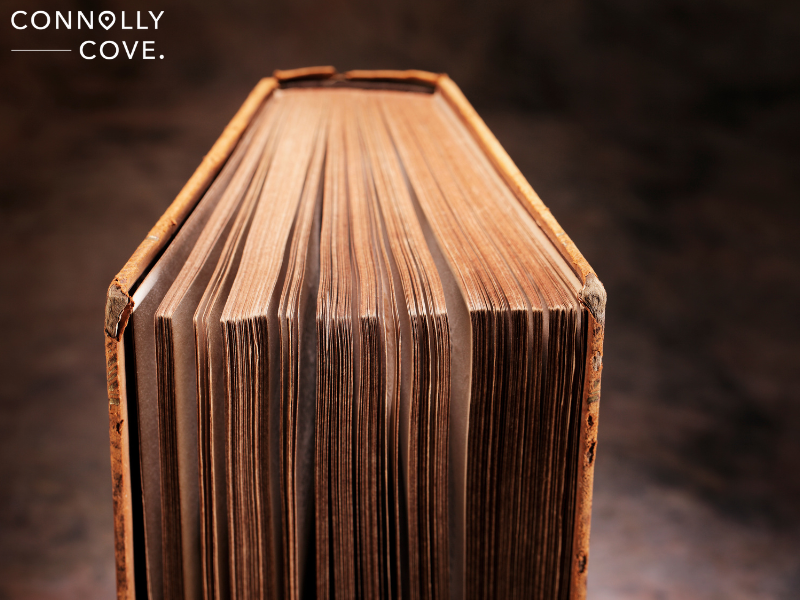
Ireland’s geography and history richly texture its literature, examining spaces of culture represented in Irish fiction.
The Rural and Urban in Irish Narrative
Ireland’s literary tradition displays a potent contrast between rural and urban landscapes, which serve as powerful backdrops for storytelling. Michael McLaverty, a notable figure in Irish literature, often set his work against the rugged, pastoral backdrop of his native Northern Ireland.
His narratives vividly capture the intimate relationship between the land and its inhabitants, showcasing the rural as a space steeped in tradition and a slower pace of life. Conversely, Belfast, as depicted in Irish fiction, emerges as a complex urban tapestry wrought with social and political dynamics. Both settings reflect the broader dialogues about identity and community that Irish stories frequently explore.
Literature’s Intersection with Irish History
Cultural geographers and authors alike have long been fascinated by the harmony between Ireland’s literary output and its historical context. Elizabeth Bowen, for instance, used her wartime experiences to infuse her work with a profound sense of displacement, often navigating through the physical and emotional architectures of Ireland’s estates and gardens.
She uncovered the layers of Irish historiography where personal and political spaces of culture commingle. Thus, Irish fiction acts not only as an art form but also as a historical document, inviting readers to traverse the contours of spaces of culture through narratives that both reflect and inform the Irish experience.
Literary Aesthetics and the Irish Environment
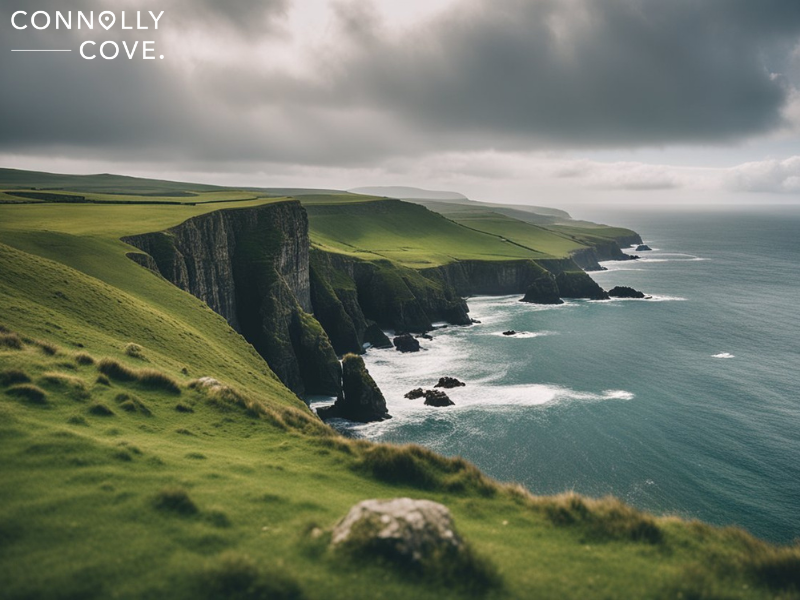
In exploring the intersection of literature and environment in Ireland, it becomes clear that the physical landscape is not just a mere backdrop but an influential character in its own right. The symbiosis between Irish prose and its environment runs deep, informing a unique literary aesthetic that finds expression through rich symbolism and a profound sense of place.
Nature and Symbolism in Irish Prose
From the verdant glens to the rugged coastlines, the Irish landscape has long been a canvas for literary expression. Writers harness these settings not merely as settings for their narratives but as wellsprings of symbolic meaning. In literary depictions of Ireland, there’s often an inherent link between the characters’ emotional states and the environments they inhabit. The tumultuous weather patterns of Ireland can reflect internal conflict, while the serene rolling hills might symbolise peace or a longing for an idealised past.
The aesthetic choice to imbue the landscape with such significance is not without its purpose; it is a deliberate act aiming to elevate the environment beyond its physicality. The land, in these stories, is alive with memories and legacies of those who have walked it. The result is a genre of Irish literature that warrants a closer examination through the lens of ecocriticism, a study that evaluates texts in the light of environmental concerns and ecological interconnectedness.
The depictions of the Irish environment in prose resonate with a deep understanding of an aesthetic that is complex, under which nature is never static or merely picturesque. It is dynamic, infused with history and culture, and layers of meaning that extend beyond the simple act of observation. Through a careful study of Irish literary landscapes, we engage with the very essence of Ireland’s physical and cultural topography.
Through these narratives, the Irish environment emerges as a potent force shaping the aesthetic fabric of its literature. In a dance of symbiotic creativity, the lush, often unpredictable nature of the Irish landscape moulds the stories born from it, providing a terrain from which rich, symbolic literary works spring forth.
Irish Literary Scholarship
There is deep scrutiny applied to Irish literature, especially how its geography intimately shapes its narratives.
Studies and Theorising of Irish Works
The interplay of Ireland’s landscapes with its rich storytelling tradition is a focal point for many scholarly studies. Notably, the works of nine Irish writers who published their English language novels from 1929-1946 undergo a thorough analysis in Literary Landscapes of Ireland: Geographies of Irish Stories. The scrutiny here hinges on how geography informs identity within these literary works.
Scholars in the field draw from a diverse toolkit of theories, among which stands Mikhail Bakhtin’s concept of historical poetics. Bakhtin’s ideas help illuminate the layering of time and space within narratives, a feature astoundingly prevalent in Irish literature. Additionally, the broader spectrum of humanities does not escape scholarly attention, underscoring a multidisciplinary approach to understanding the texts.
By methodically mapping out the confluence of place and prose, studies assert the potency of Ireland’s geography in the construction of national and cultural identities within the literature. This body of work is substantial, contributing to a robust understanding of not just Irish literary history but also the human condition as reflected in the artful weave of story and setting.
Ireland’s Role in Global Literature
In recognising Ireland’s contributions to global literature, we’re exploring the intricate ways in which its geographical landscape has shaped narratives that resonate worldwide.
Postcolonial Narratives and Global Perspectives
Ireland’s history as a colonised nation has resulted in a rich vein of postcolonial literature examining themes of identity, displacement, and cultural conflict. Through the works of authors like James Joyce and Samuel Beckett, Ireland has left an indelible mark on the world’s literary canvas. Joyce’s innovative narrative techniques and deep introspection into the Irish psyche provided a profound commentary on the postcolonial condition, establishing him as a pivotal figure in modernist literature.
Samuel Beckett, through his minimalist style and existential themes, expanded the boundaries of drama and fiction, influencing countless writers across the globe. Their writings, steeped in Ireland’s complex history, invite readers to consider broader questions of existence and humanity, making them universally relatable.
The storytelling derived from Ireland’s landscapes transcends its shores and has contributed significantly to global dialogues on postcoloniality. It highlights Ireland’s unique position of having a Western European identity that has also experienced colonisation. This duality provides Irish literature with the ability to offer nuanced perspectives on the themes that concern formerly colonised societies worldwide.
The literary contributions have not merely added to the global repository of stories; they have redefined the ways in which narratives can be structured and understood. With each writer’s distinct voice, our culture has reverberated through the realms of global literature, emphasising the connective power of storytelling and the shared human experience.
Mapping Ireland’s Literature
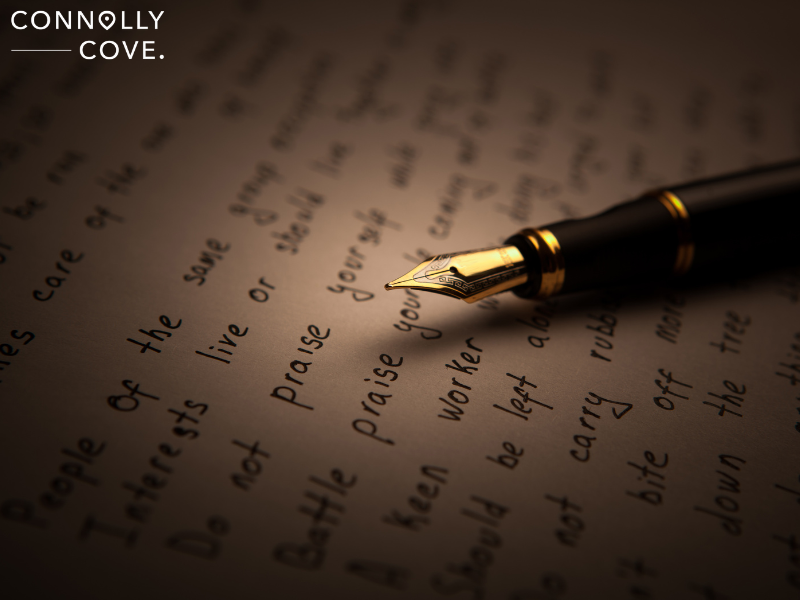
In exploring the symbiotic relationship between Ireland’s geography and its literature, we discover the profound impact the Irish landscape has on storytelling. Here, we focus specifically on how the study of literary geography and the use of cartography can illuminate the ties between place and prose.
Literary Geography and Cartography
Literary geography is a dynamic field that intersects the meticulous detail of cartography with the rich tapestry of literature. By charting the locations that anchor Ireland’s stories, literary maps serve as a bridge connecting the physical terrains to the imagined worlds. Renowned cartographer Tim Robinson is instrumental in this domain, especially revered for his work in mapping the Aran Islands and the Connemara region. His approach melds scientific precision with artistic sensibility to portray not just physical landscapes but also cultural and linguistic contours.
Ben Bulben, the majestic table mountain in County Sligo, is intrinsic to understanding Ireland’s literary geography. It dominates the landscape, looming large in Irish mythology and inspiring poets and writers such as W.B. Yeats. Through cartography, we capture not just the mountain’s contours but also its significance as a literary touchstone.
By intersecting geography with literature, we draw upon Ireland’s terrain to facilitate deeper engagement with its literary works, shaping a collective understanding of how places influence the narrative and vice versa.
In conclusion, Ireland’s literary landscape is a tapestry woven from threads of myth, history, social commentary, and lyrical beauty. From the ancient epics whispered by firelight to the contemporary novels gracing international shelves, Irish literature endures as a vibrant testament to the power of words. Whether dipping into the rich well of Irish Gaelic or exploring the masterful works in English, readers are forever enchanted by the wit, wisdom, and enduring spirit that flow from the pens of Ireland’s storytellers.




